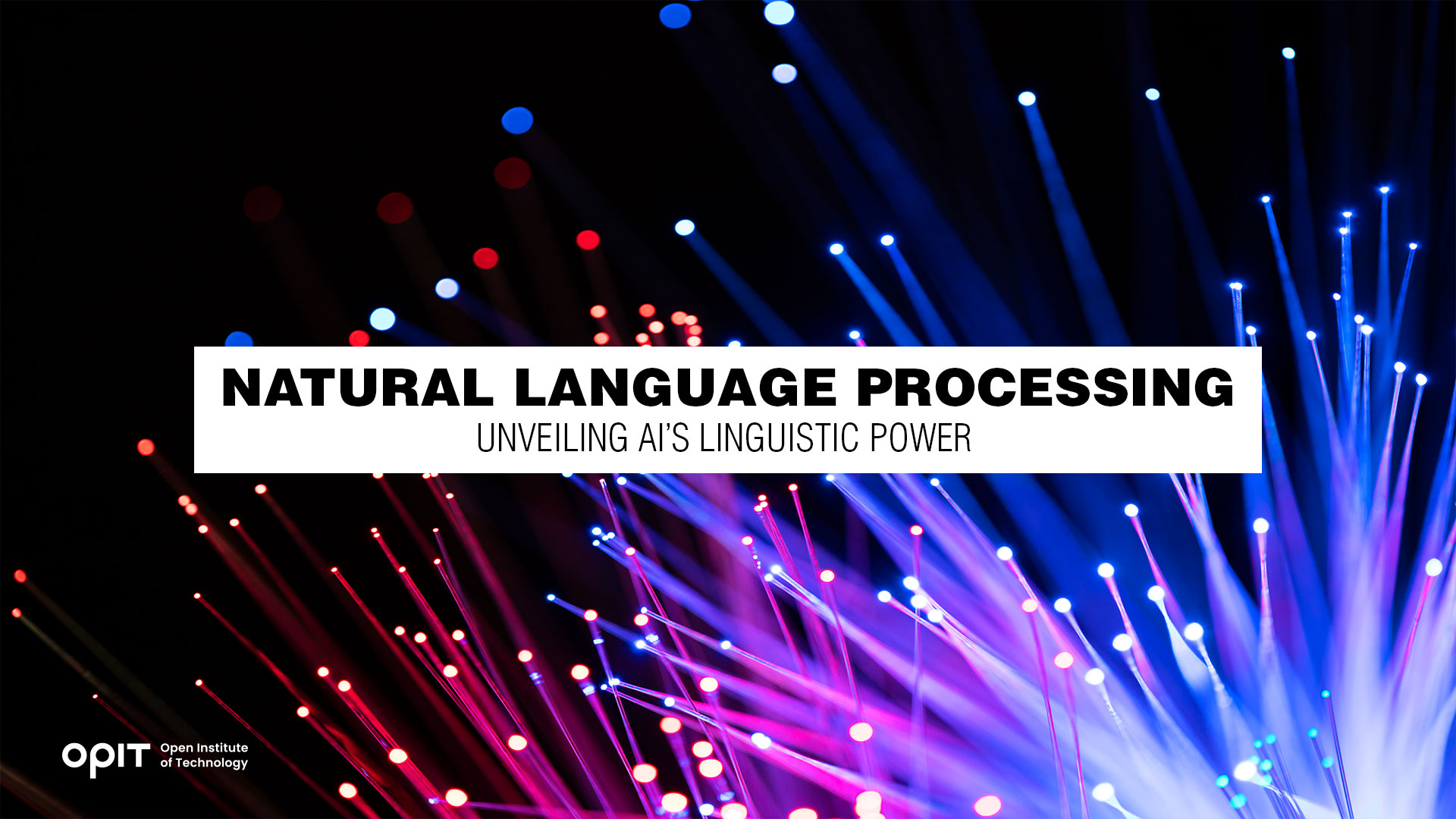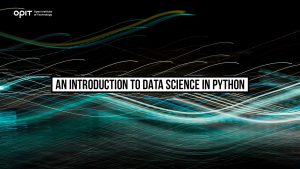Tens of thousands of businesses go under every year. There are various culprits, but one of the most common causes is the inability of companies to streamline their customer experience. Many technologies have emerged to save the day, one of which is natural language processing (NLP).
But what is natural language processing? In simple terms, it’s the capacity of computers and other machines to understand and synthesize human language.
It may already seem like it would be important in the business world and trust us – it is. Enterprises rely on this sophisticated technology to facilitate different language-related tasks. Plus, it enables machines to read and listen to language as well as interact with it in many other ways.
The applications of NLP are practically endless. It can translate and summarize texts, retrieve information in a heartbeat, and help set up virtual assistants, among other things.
Looking to learn more about these applications? You’ve come to the right place. Besides use cases, this introduction to natural language processing will cover the history, components, techniques, and challenges of NLP.
History of Natural Language Processing
Before getting to the nuts and bolts of NLP basics, this introduction to NLP will first examine how the technology has grown over the years.
Early Developments in NLP
Some people revolutionized our lives in many ways. For example, Alan Turing is credited with several groundbreaking advancements in mathematics. But did you also know he paved the way for modern computer science, and by extension, natural language processing?
In the 1950s, Turing wanted to learn if humans could talk to machines via teleprompter without noticing a major difference. If they could, he concluded the machine would be capable of thinking and speaking.
Turin’s proposal has since been used to gauge this ability of computers and is known as the Turing Test.
Evolution of NLP Techniques and Algorithms
Since Alan Turing set the stage for natural language processing, many masterminds and organizations have built upon his research:
- 1958 – John McCarthy launched his Locator/Identifier Separation Protocol.
- 1964 – Joseph Wizenbaum came up with a natural language processing model called ELIZA.
- 1980s – IBM developed an array of NLP-based statistical solutions.
- 1990s – Recurrent neural networks took center stage.
The Role of Artificial Intelligence and Machine Learning in NLP
Discussing NLP without mentioning artificial intelligence and machine learning is like leaving a glass half empty. So, what’s the role of these technologies in NLP? It’s pivotal, to say the least.
AI and machine learning are the cornerstone of most NLP applications. They’re the engine of the NLP features that produce text, allowing NLP apps to turn raw data into usable information.
Check out OPIT degrees
-
Career aligned
-
Fully Online
-
EU-accredited institution
Key Components of Natural Language Processing
The phrase building blocks get thrown around a lot in the computer science realm. It’s key to understanding different parts of this sphere, including natural language processing. So, without further ado, let’s rifle through the building blocks of NLP.
Syntax Analysis
An NLP tool without syntax analysis would be lost in translation. It’s a paramount stage since this is where the program extracts meaning from the provided information. In simple terms, the system learns what makes sense and what doesn’t. For instance, it rejects contradictory pieces of data close together, such as “cold Sun.”
Semantic Analysis
Understanding someone who jumbles up words is difficult or impossible altogether. NLP tools recognize this problem, which is why they undergo in-depth semantic analysis. The network hits the books, learning proper grammatical structures and word orders. It also determines how to connect individual words and phrases.
Pragmatic Analysis
A machine that relies only on syntax and semantic analysis would be too machine-like, which goes against Turing’s principles. Salvation comes in the form of pragmatic analysis. The NLP software uses knowledge outside the source (e.g., textbook or paper) to determine what the speaker actually wants to say.
Discourse Analysis
When talking to someone, there’s a point to your conversation. An NLP system is just like that, but it needs to go through extensive training to achieve the same level of discourse. That’s where discourse analysis comes in. It instructs the machine to use a coherent group of sentences that have a similar or the same theme.
Speech Recognition and Generation
Once all the above elements are perfected, it’s blast-off time. The NLP has everything it needs to recognize and generate speech. This is where the real magic happens – the system interacts with the user and starts using the same language. If each stage has been performed correctly, there should be no significant differences between real speech and NLP-based applications.
Natural Language Processing Techniques
Different analyses are common for most (if not all) NLP solutions. They all point in one direction, which is recognizing and generating speech. But just like Google Maps, the system can choose different routes. In this case, the routes are known as NLP techniques.
Rule-Based Approaches
Rule-based approaches might be the easiest NLP technique to understand. You feed your rules into the system, and the NLP tool synthesizes language based on them. If input data isn’t associated with any rule, it doesn’t recognize the information – simple as that.
Statistical Methods
If you go one level up on the complexity scale, you’ll see statistical NLP methods. They’re based on advanced calculations, which enable an NLP platform to predict data based on previous information.
Neural Networks and Deep Learning
You might be thinking: “Neural networks? That sounds like something out of a medical textbook.” Although that’s not quite correct, you’re on the right track. Neural networks are NLP techniques that feature interconnected nodes, imitating neural connections in your brain.
Deep learning is a sub-type of these networks. Basically, any neural network with at least three layers is considered a deep learning environment.
Transfer Learning and Pre-Trained Language Models
The internet is like a massive department store – you can find almost anything that comes to mind here. The list includes pre-trained language models. These models are trained on enormous quantities of data, eliminating the need for you to train them using your own information.
Transfer learning draws on this concept. By tweaking pre-trained models to accommodate a particular project, you perform a transfer learning maneuver.
Applications of Natural Language Processing
With so many cutting-edge processes underpinning NLP, it’s no surprise it has practically endless applications. Here are some of the most common natural language processing examples:
- Search engines and information retrieval – An NLP-based search engine understands your search intent to retrieve accurate information fast.
- Sentiment analysis and social media monitoring – NLP systems can even determine your emotional motivation and uncover the sentiment behind social media content.
- Machine translation and language understanding – NLP software is the go-to solution for fast translations and understanding complex languages to improve communication.
- Chatbots and virtual assistants – A state-of-the-art NLP environment is behind most chatbots and virtual assistants, which allows organizations to enhance customer support and other key segments.
- Text summarization and generation – A robust NLP infrastructure not only understands texts but also summarizes and generates texts of its own based on your input.
Check out OPIT degrees
-
Career aligned
-
Fully Online
-
EU-accredited institution
Challenges and Limitations of Natural Language Processing
Natural language processing in AI and machine learning is mighty but not almighty. There are setbacks to this technology, but given the speedy development of AI, they can be considered a mere speed bump for the time being:
- Ambiguity and complexity of human language – Human language keeps evolving, resulting in ambiguous structures NLP often struggles to grasp.
- Cultural and contextual nuances – With approximately 4,000 distinct cultures on the globe, it’s hard for an NLP system to understand the nuances of each.
- Data privacy and ethical concerns – As every NLP platform requires vast data, the methods for sourcing this data tend to trigger ethical concerns.
- Computational resources and computing power – The more polished an NLP tool becomes, the greater the computing power must be, which can be hard to achieve.
The Future of Natural Language Processing
The final part of our take on natural language processing in artificial intelligence asks a crucial question: What does the future hold for NLP?
- Advancements in artificial intelligence and machine learning – Will AI and machine learning advancements help NLP understand more complex and nuanced languages faster?
- Integration of NLP with other technologies – How well will NLP integrate with other technologies to facilitate personal and corporate use?
- Personalized and adaptive language models – Can you expect developers to come up with personalized and adaptive language models to accommodate those with speech disorders better?
- Ethical considerations and guidelines for NLP development – How will the spearheads of NLP development address ethical problems if the technology requires more and more data to execute?
The Potential of Natural Language Processing Is Unrivaled
It’s hard to find a technology that’s more important for today’s businesses and society as a whole than natural language processing. It streamlines communication, enabling people from all over the world to connect with each other.
The impact of NLP will amplify if the developers of this technology can address the above risks. By honing the software with other platforms while minimizing privacy issues, they can dispel any concerns associated with it.
If you want to learn more about NLP, don’t stop here. Use these natural language processing notes as a stepping stone for in-depth research. Also, consider an NLP course to gain a deep understanding of this topic.





